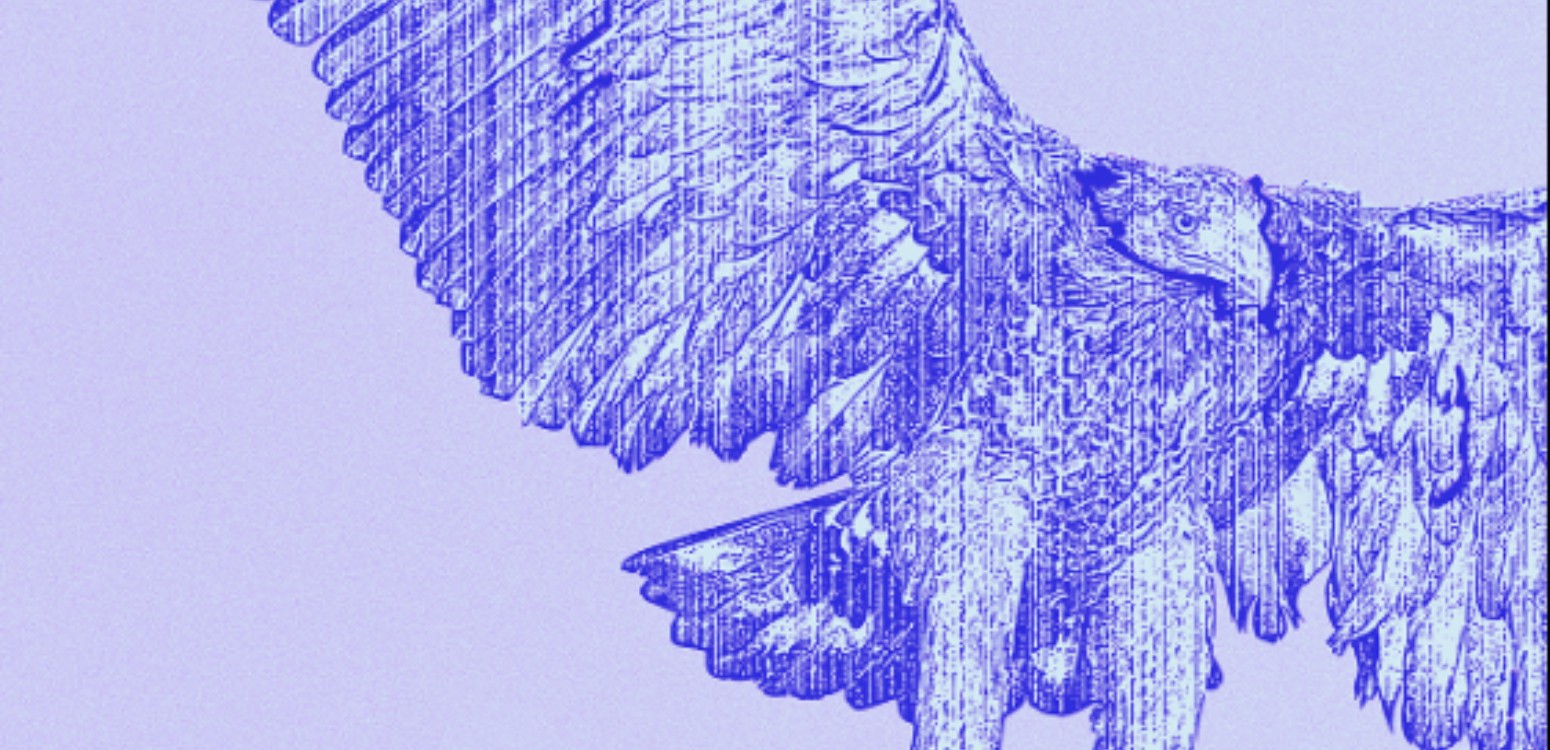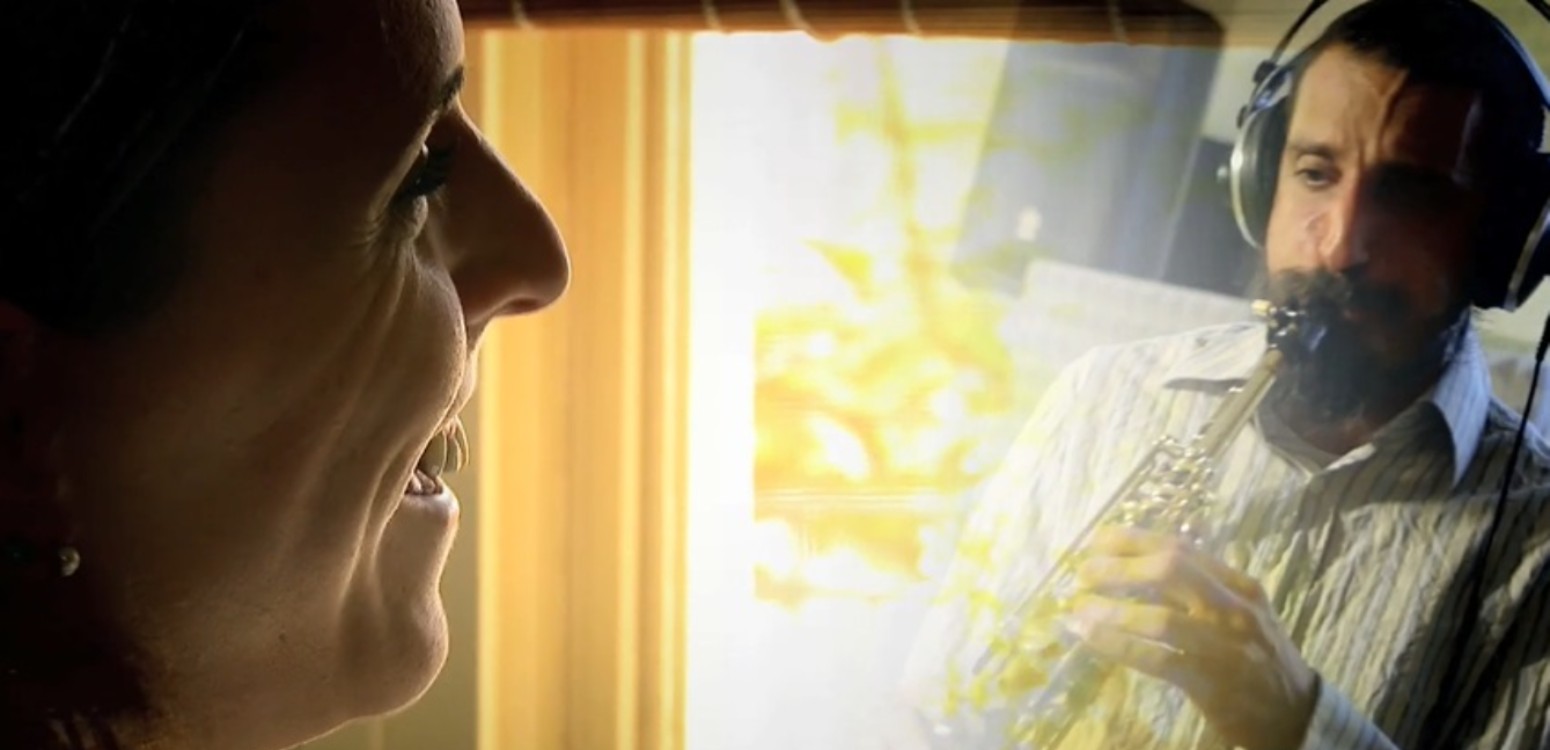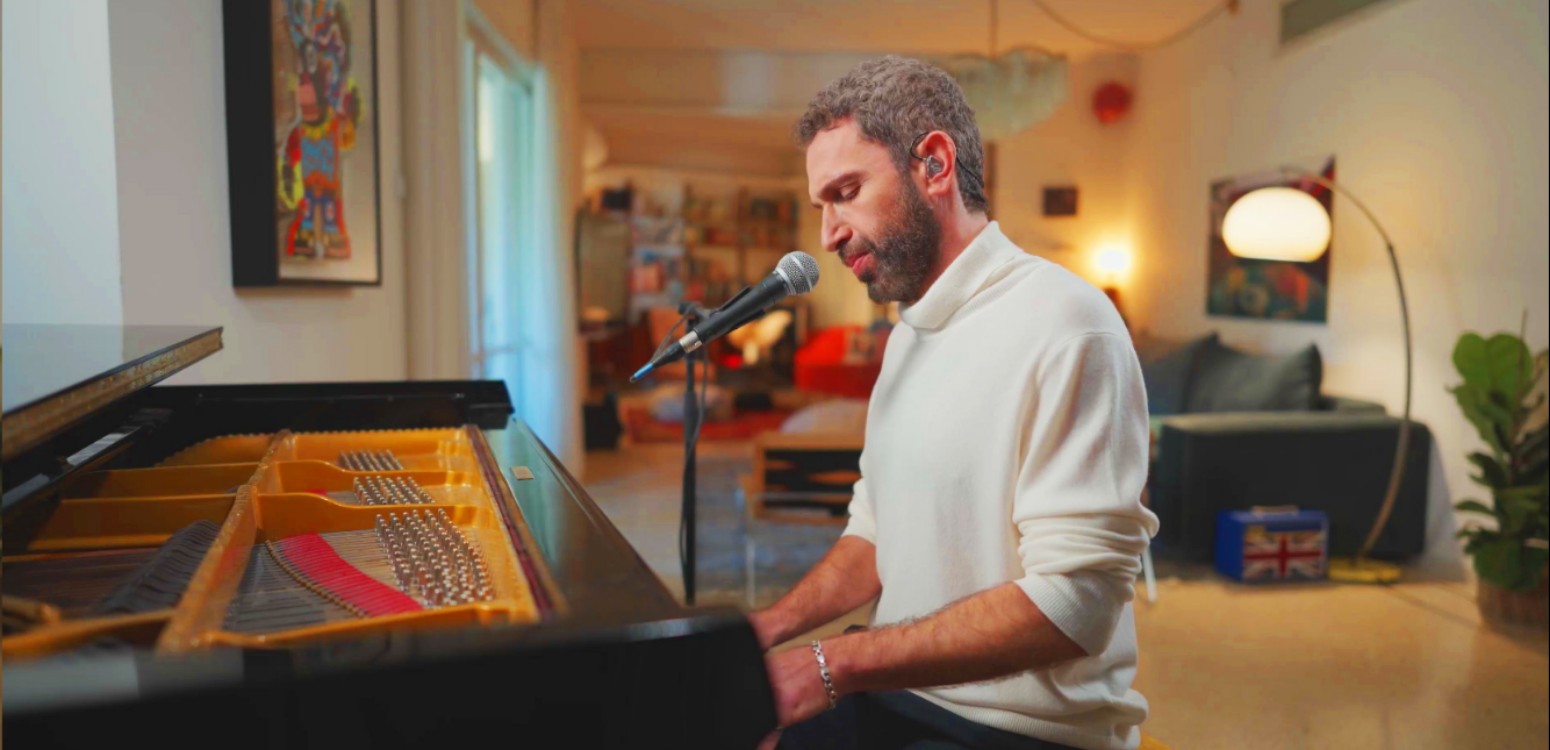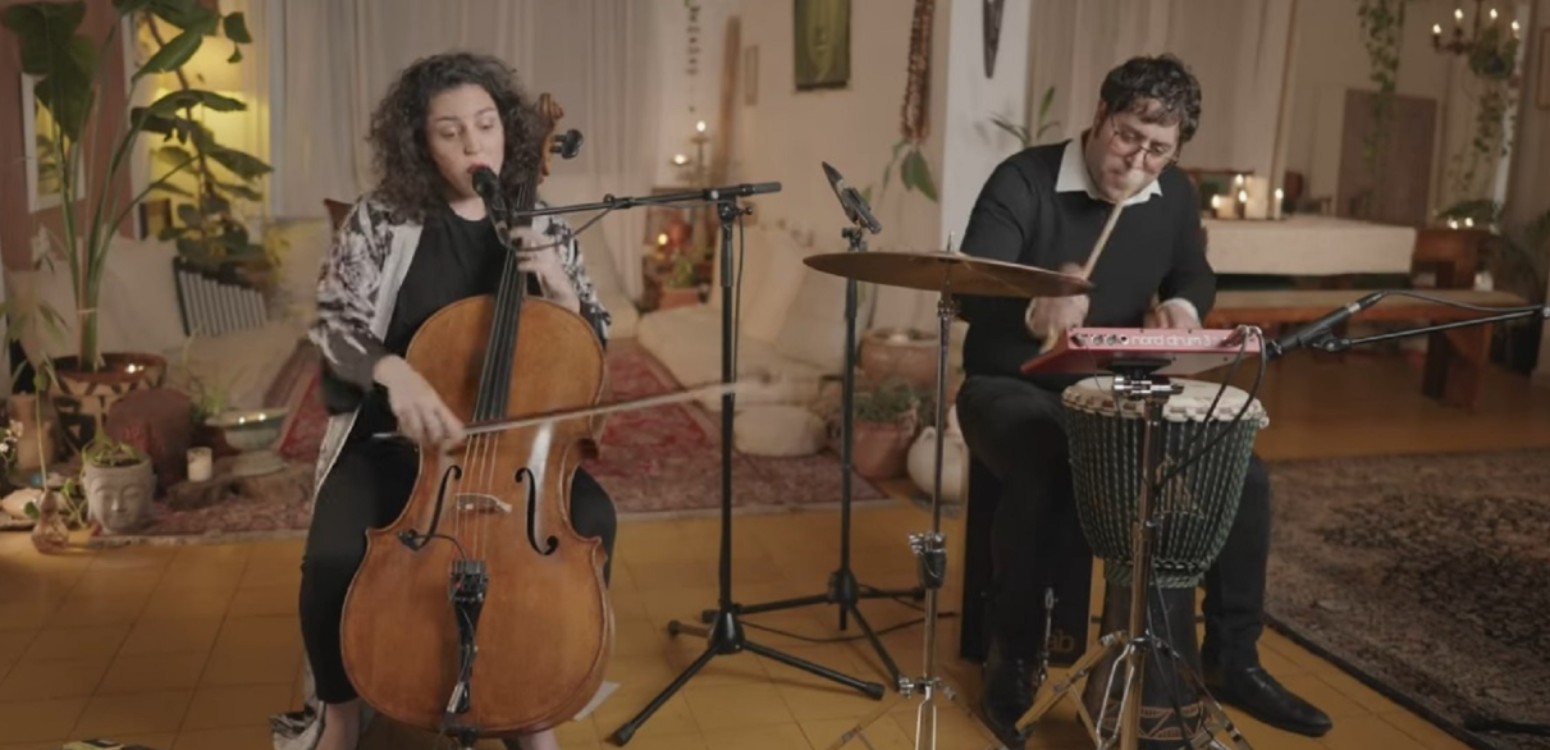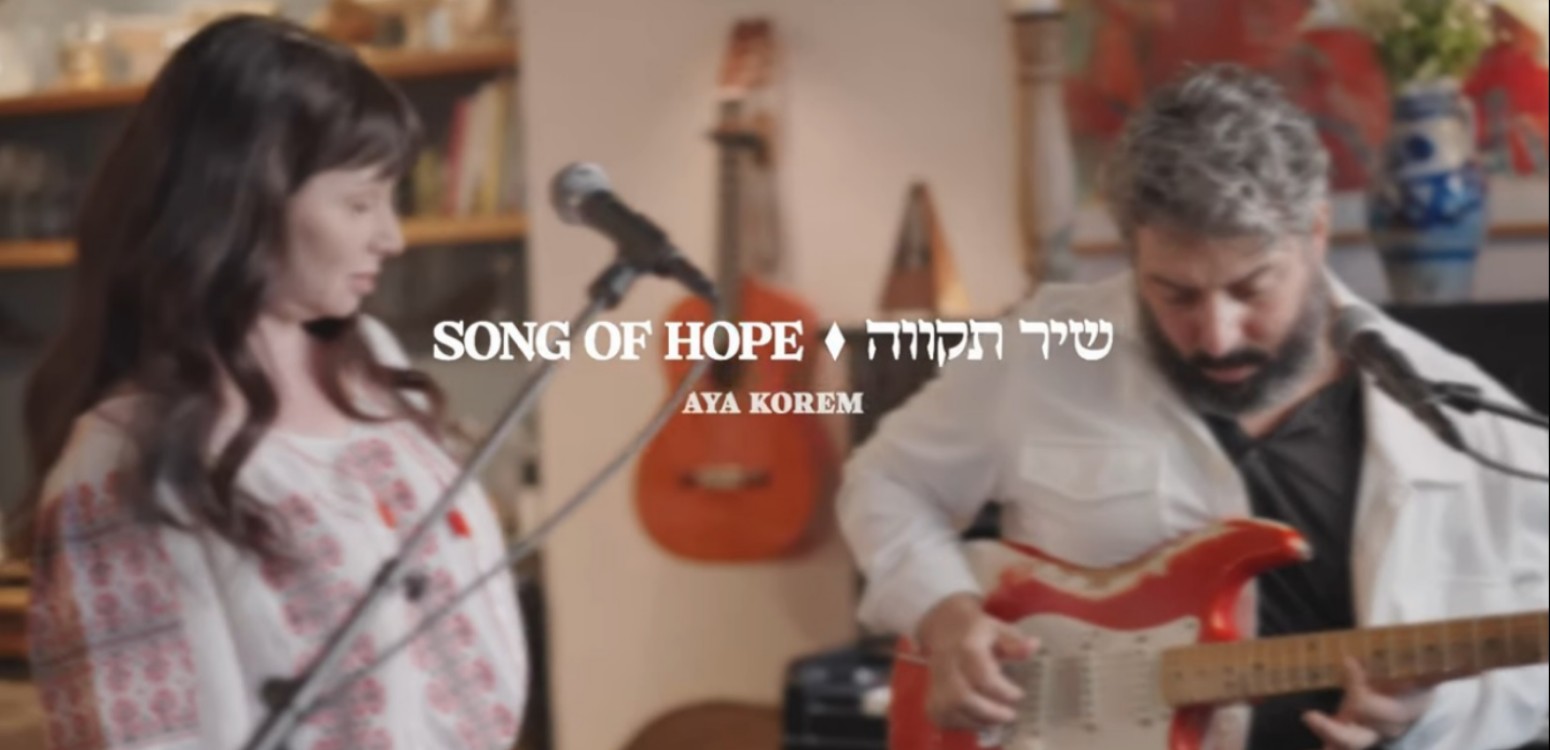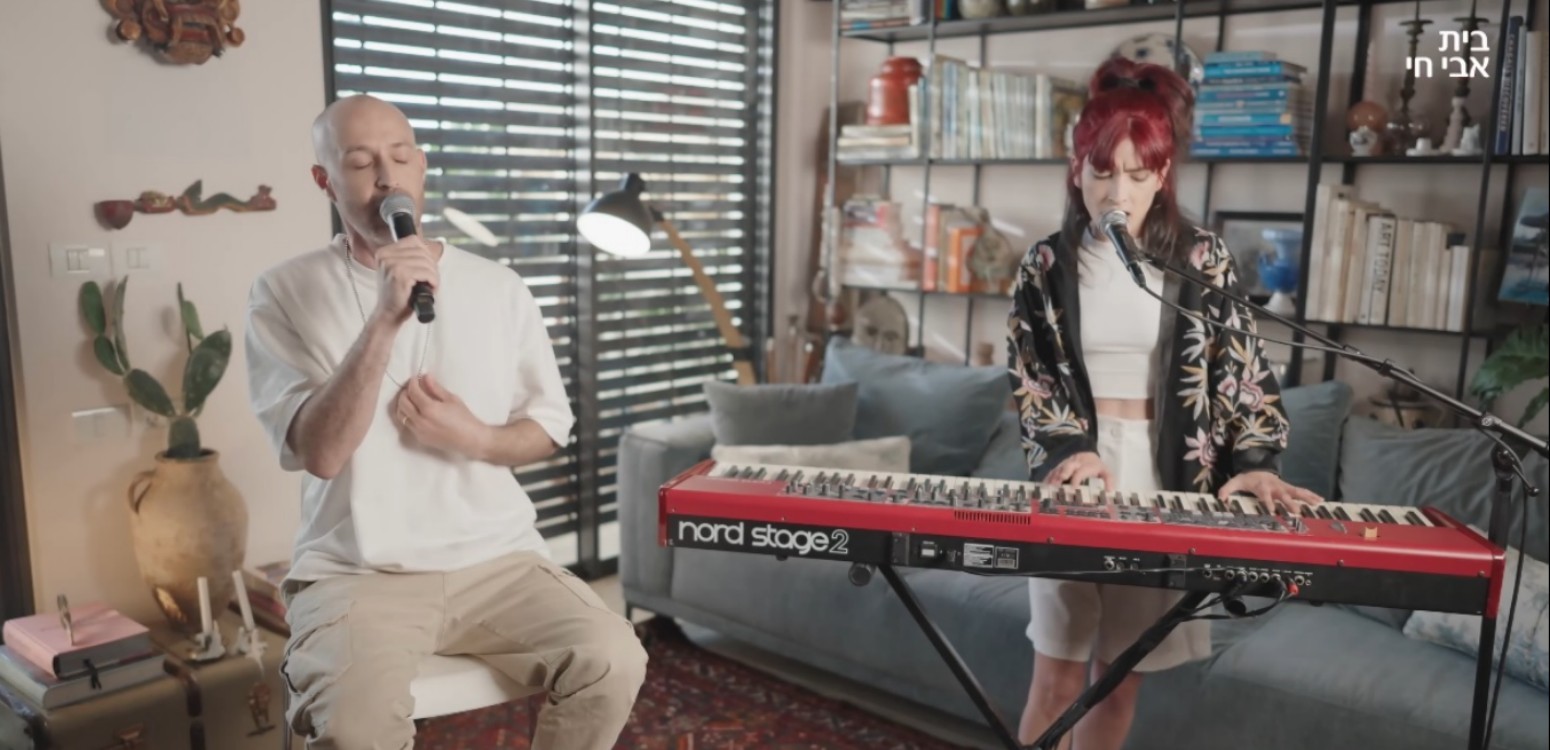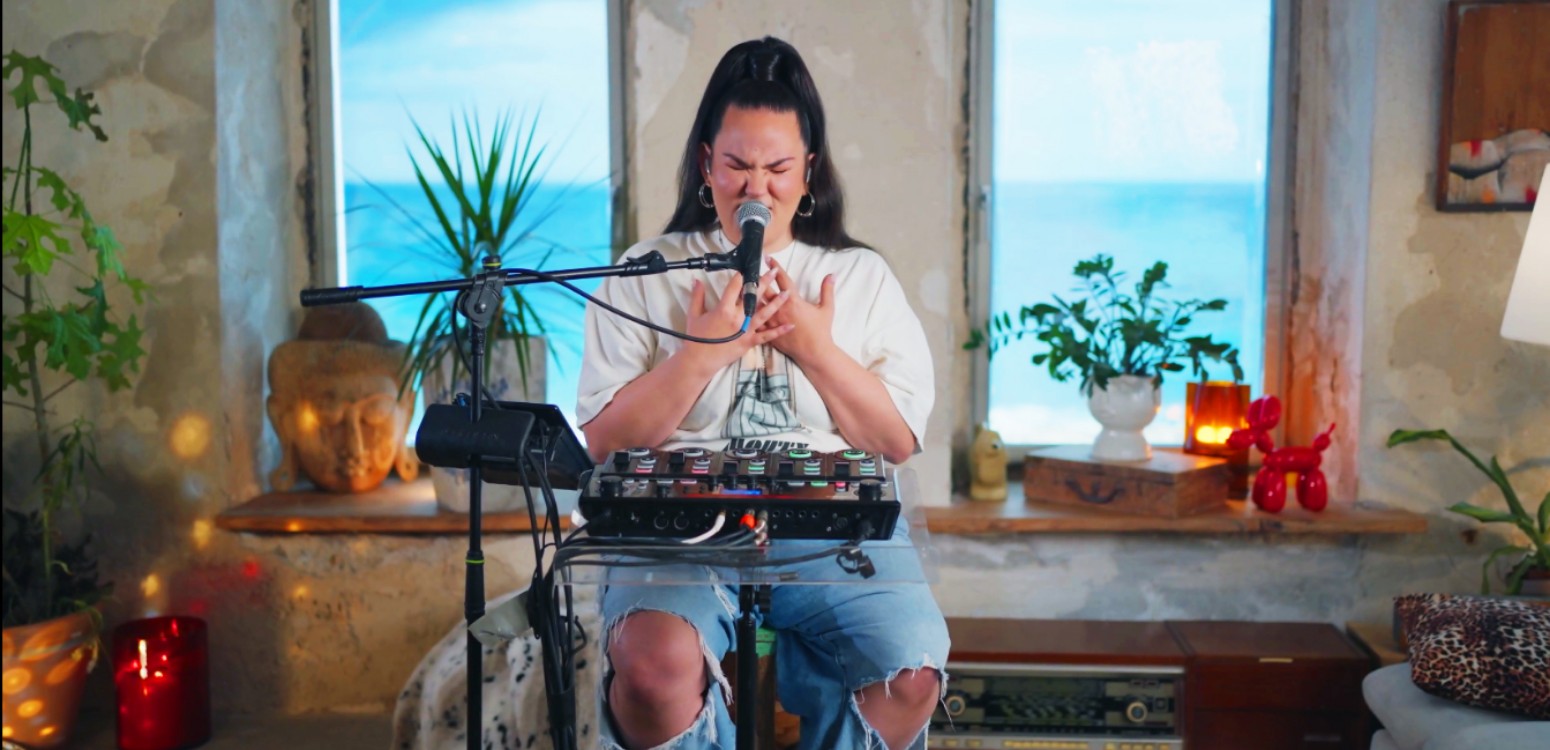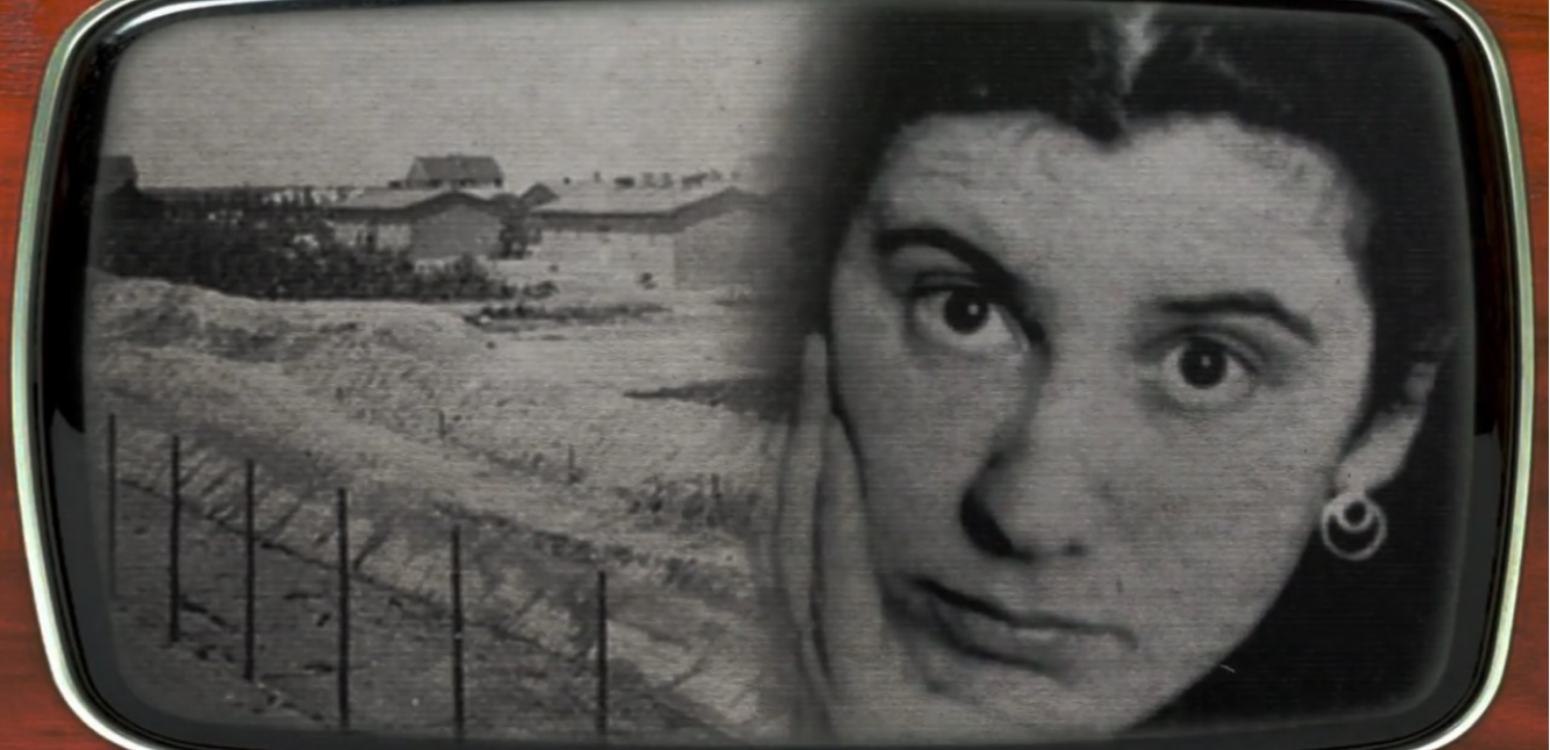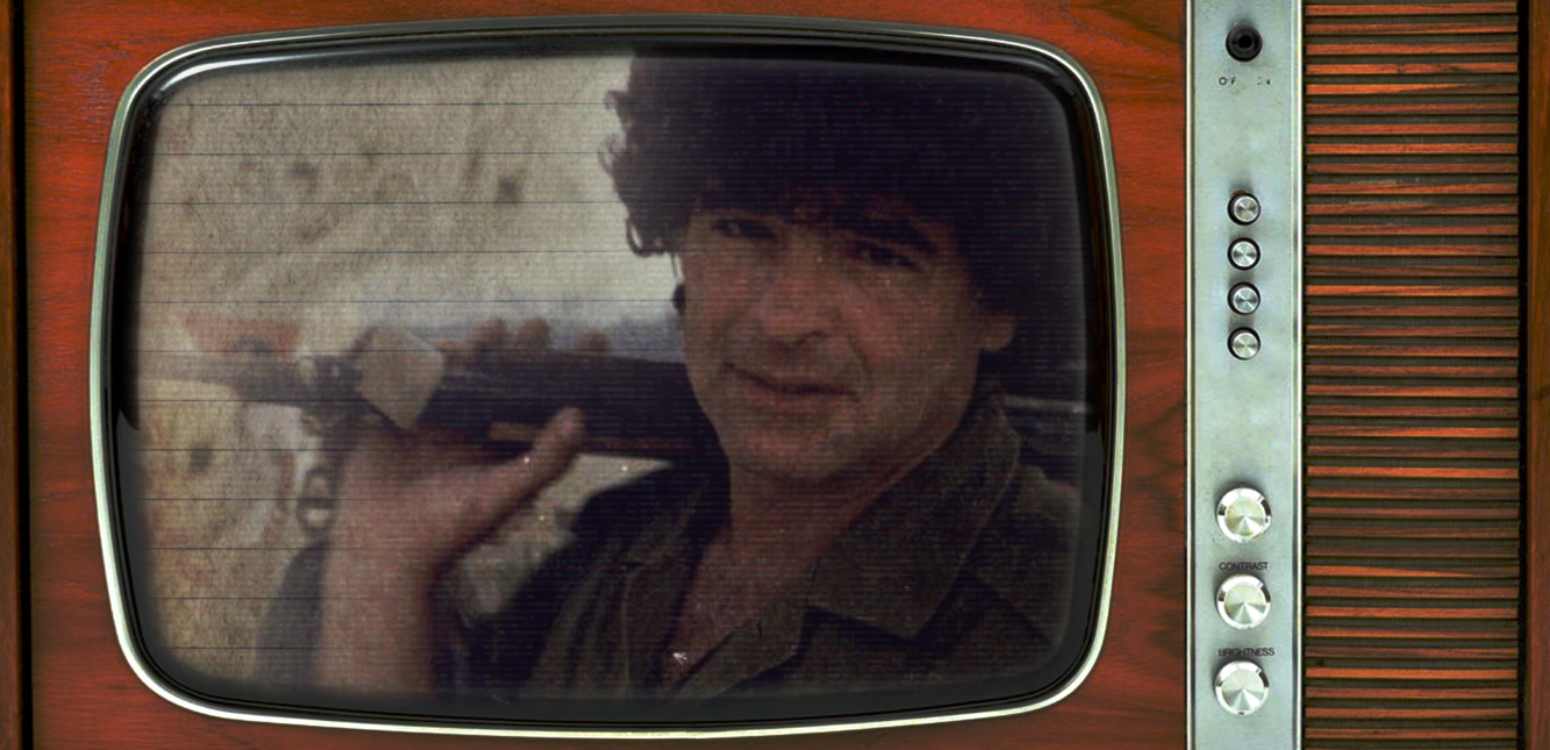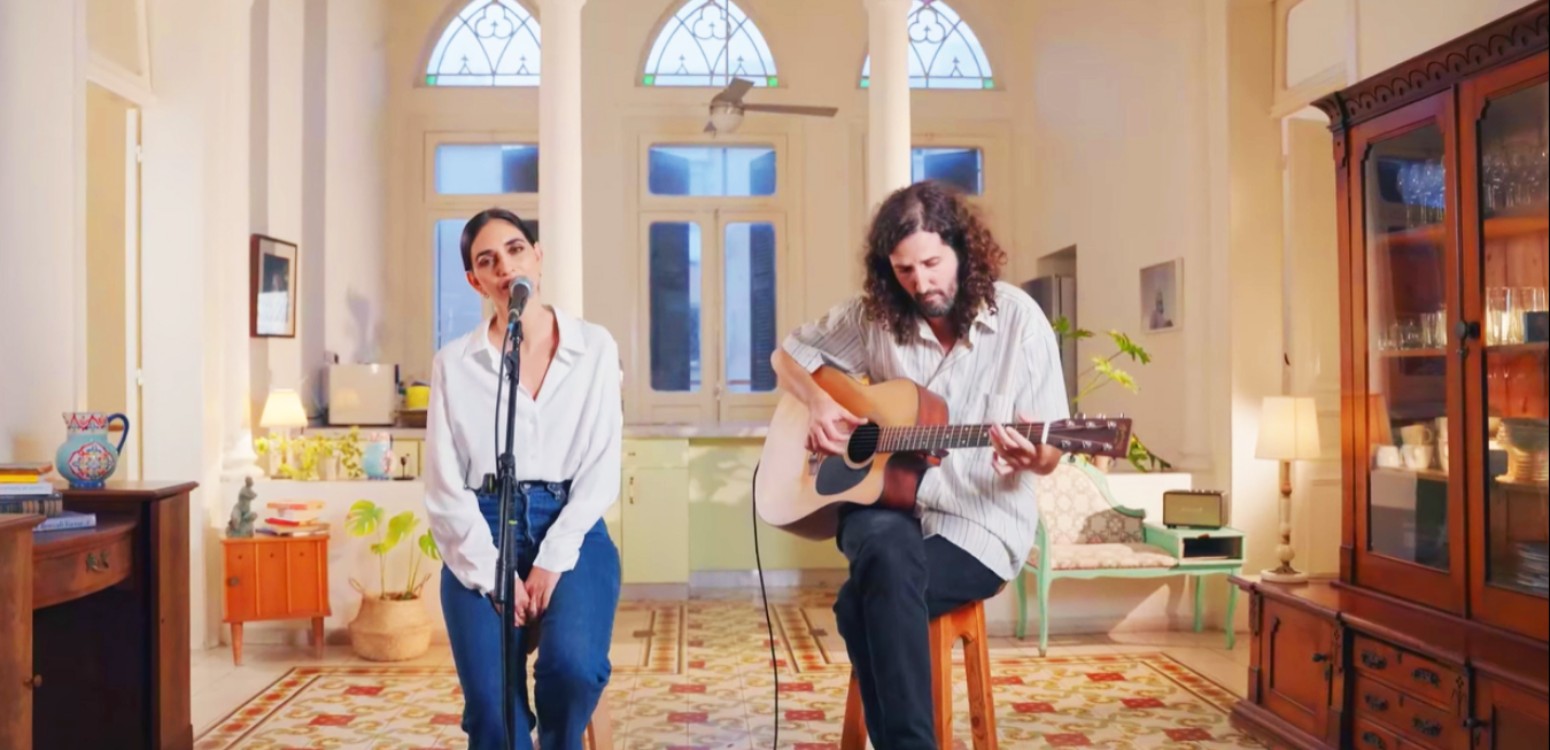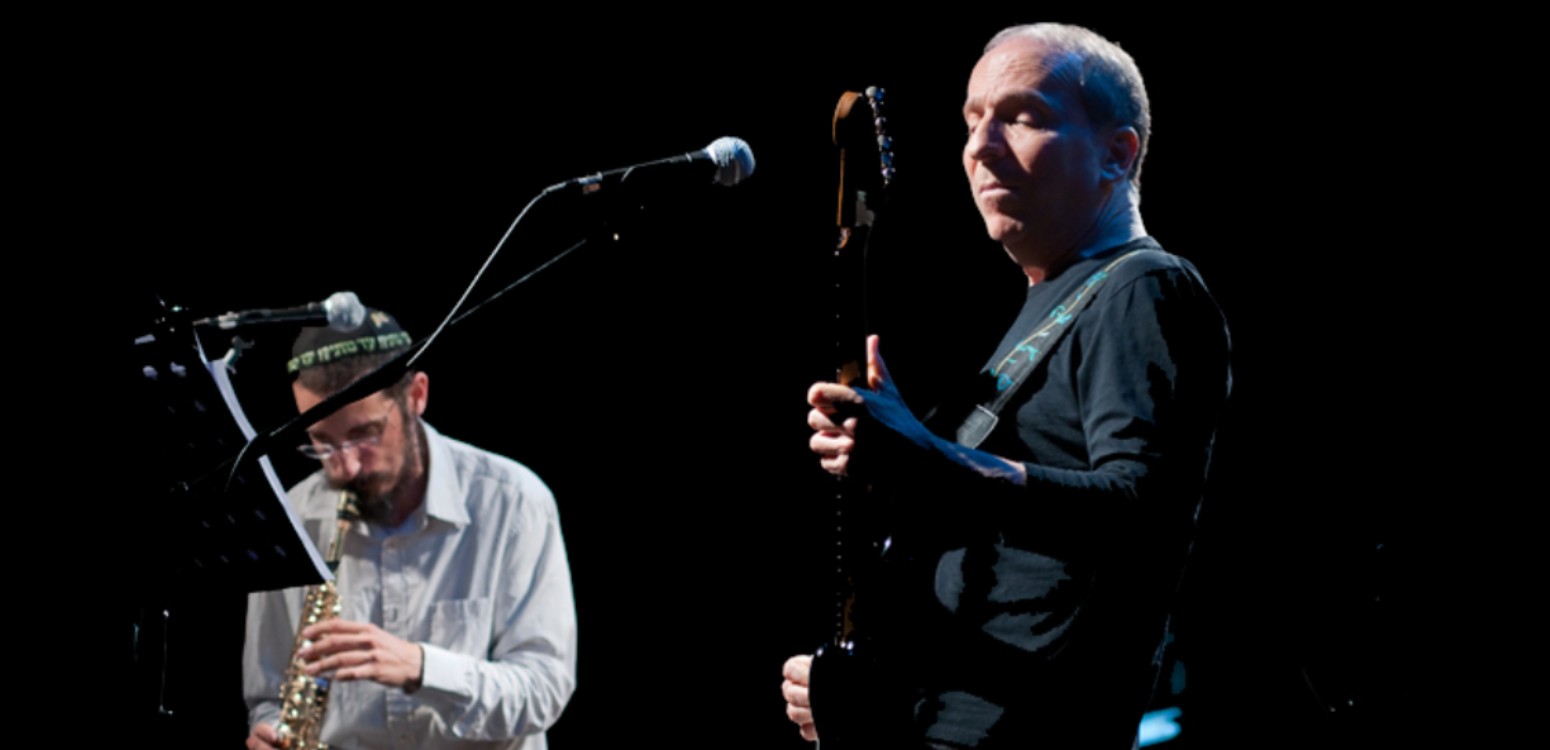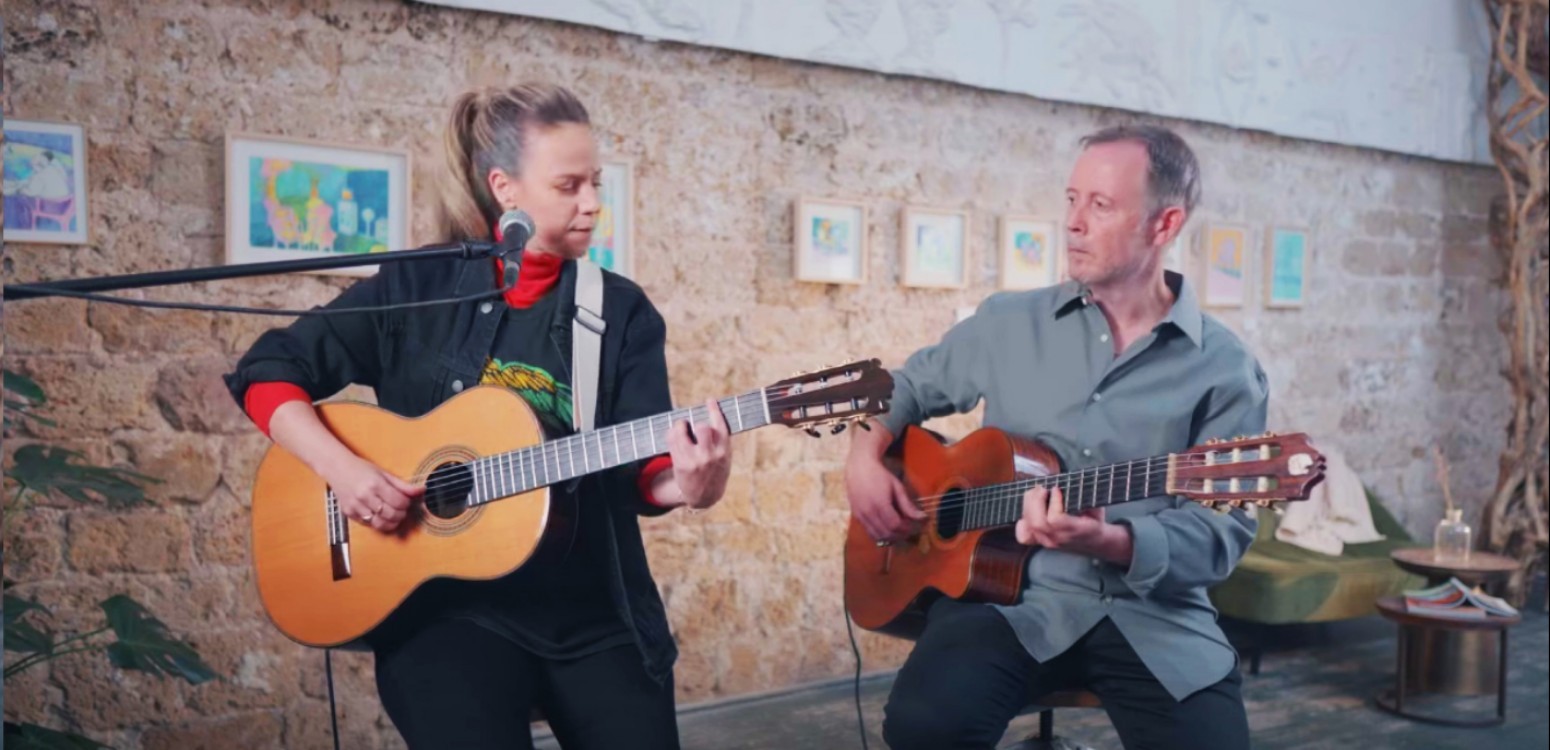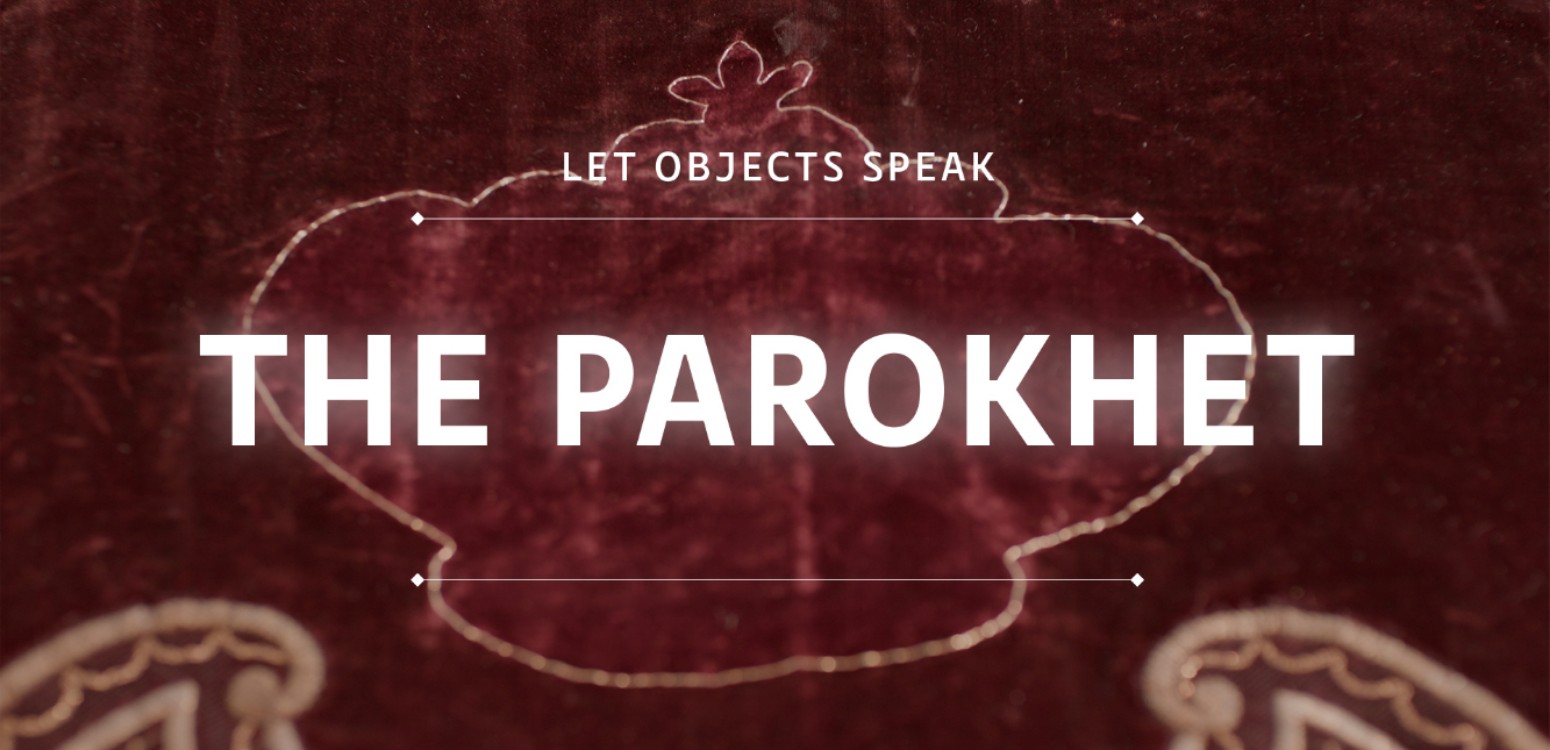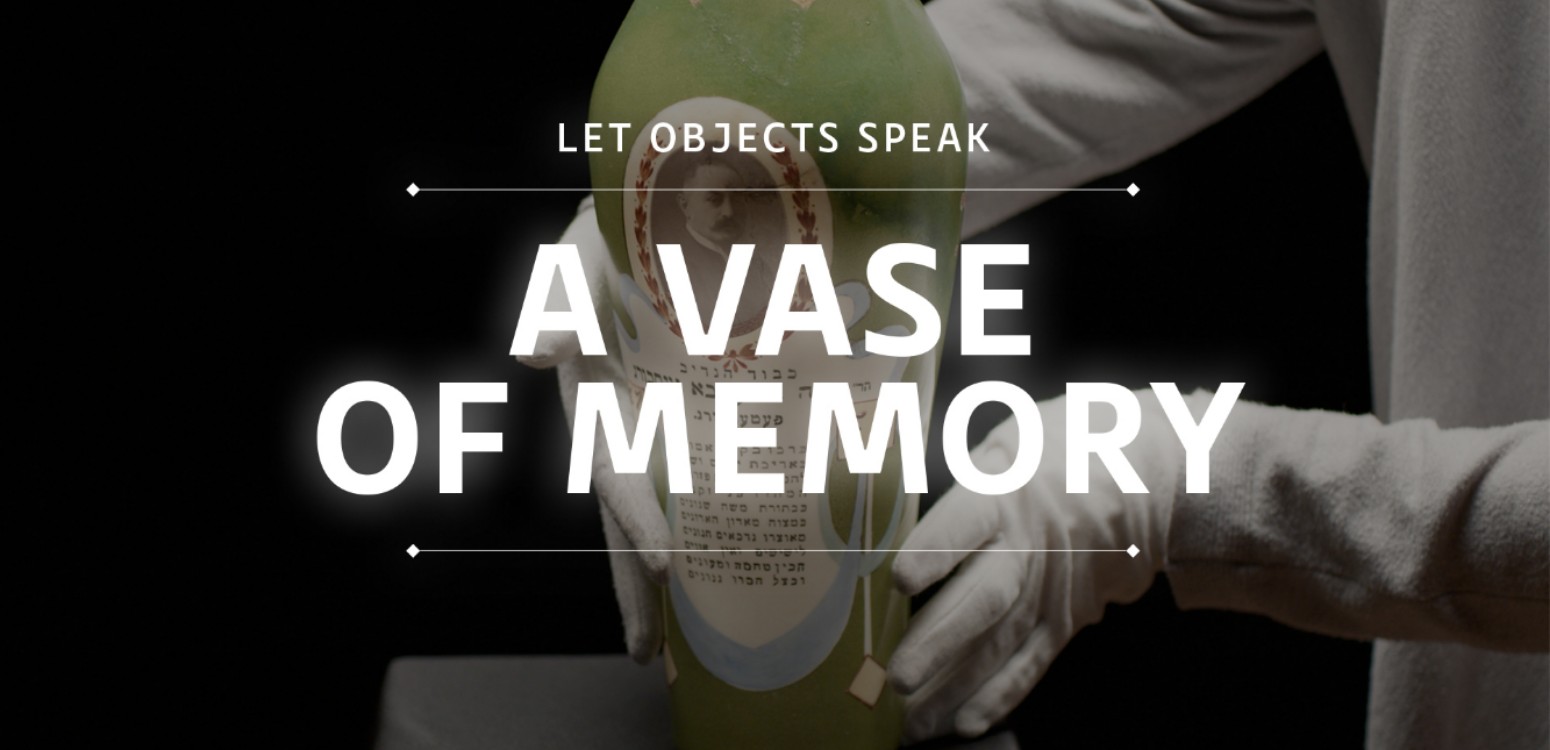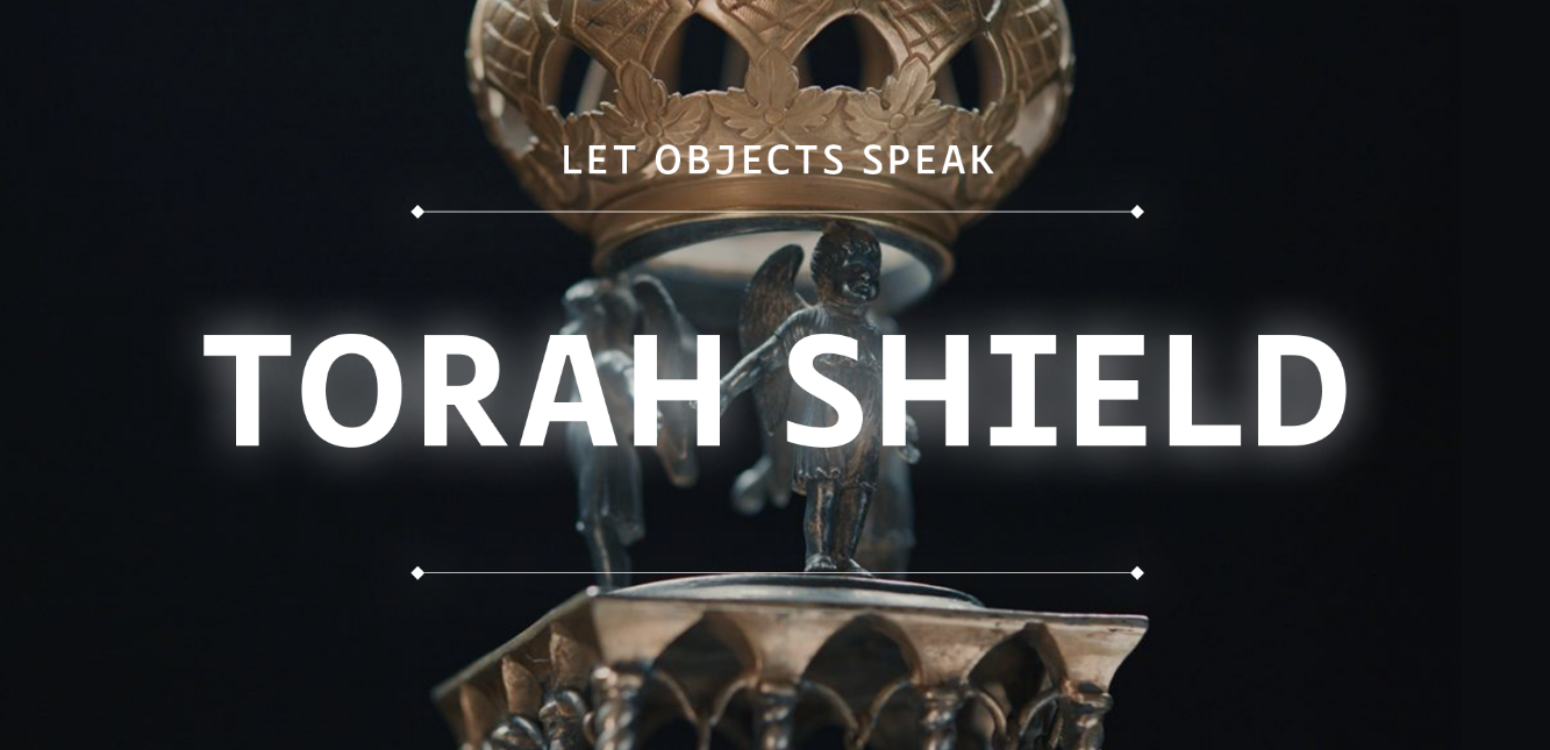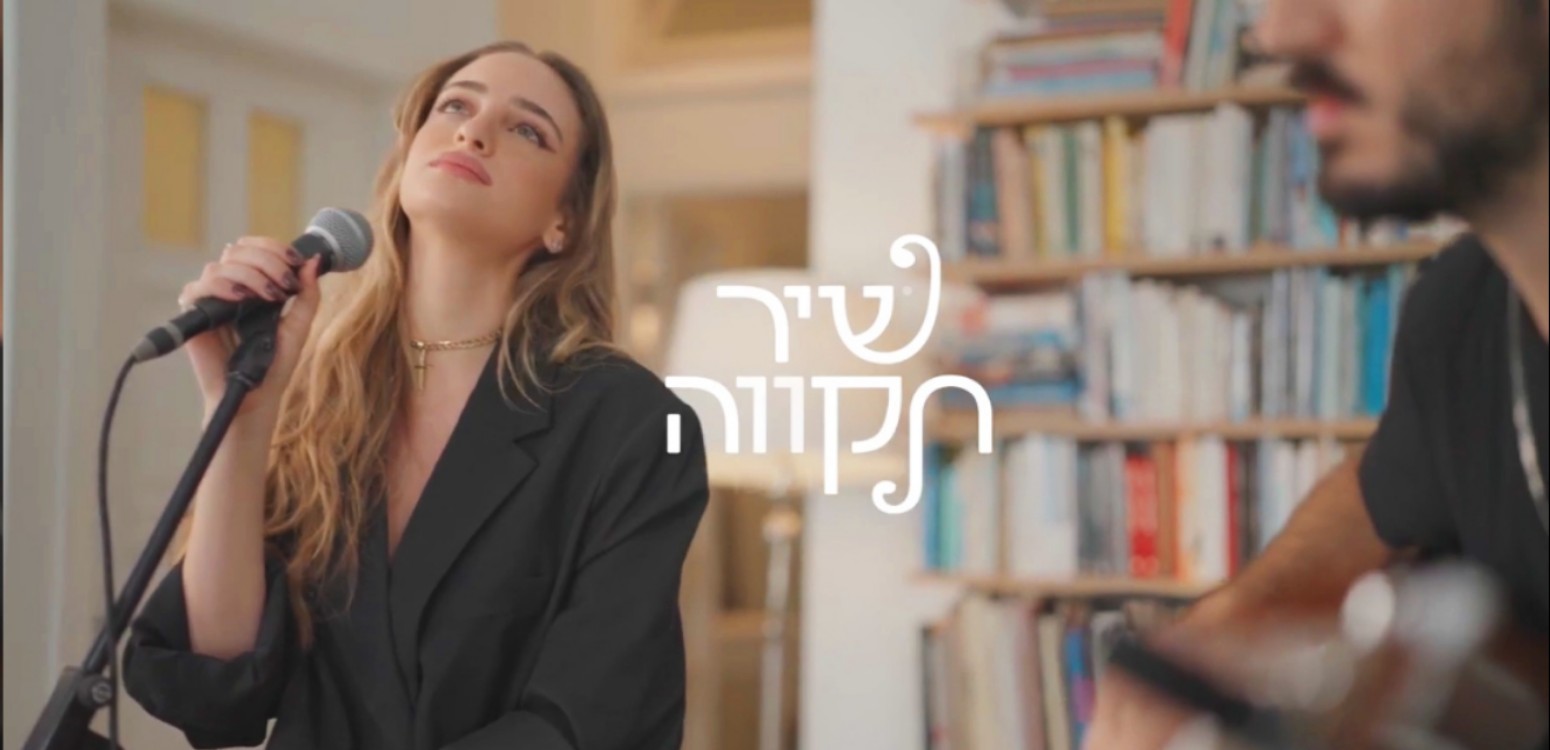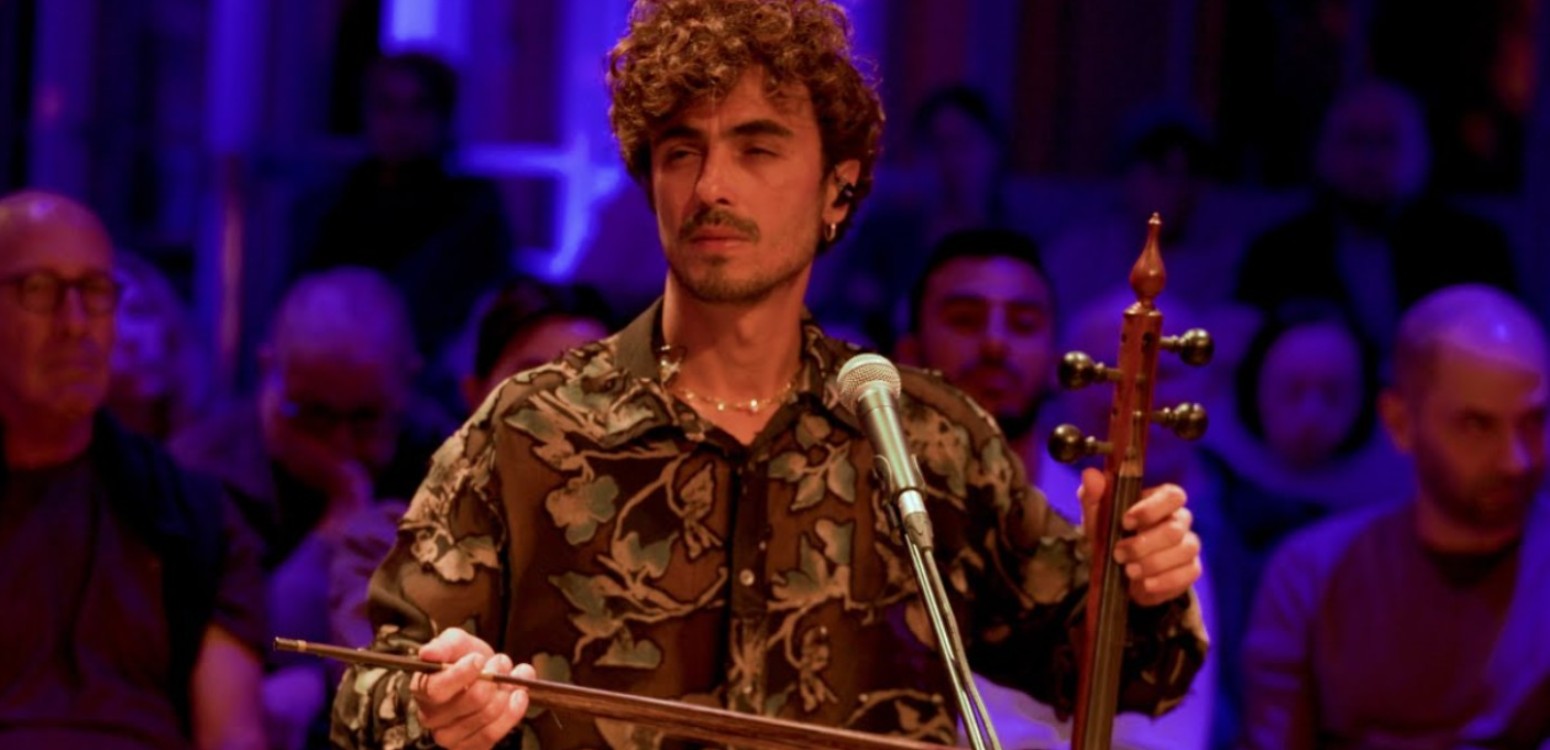
After a short and disappointing stint at Bezalel in Jerusalem, Litvinovsky managed to enter the Imperial Academy of Arts in Petrograd
Amidst all this creative fervor, the Russian Empire was in turmoil, with Revolution in the air and Jews in constant fear of deadly pogroms. In 1911, when Boris Schatz, on a visit to Odessa, saw a self-portrait by Litvinovsky, the visionary founder of Bezalel Academy of Arts and Design extended an invitation for the aspiring young artist to move to Jerusalem and study at Bezalel; Litvinovsky accepted. What fueled his decision? The precariousness of any Jew’s situation in the Russian Empire combined perhaps with the appeal of studying at Bezalel, a school that sought to blend tradition and modernity? Or maybe the allure of living in Jerusalem and contributing to its nascent art scene?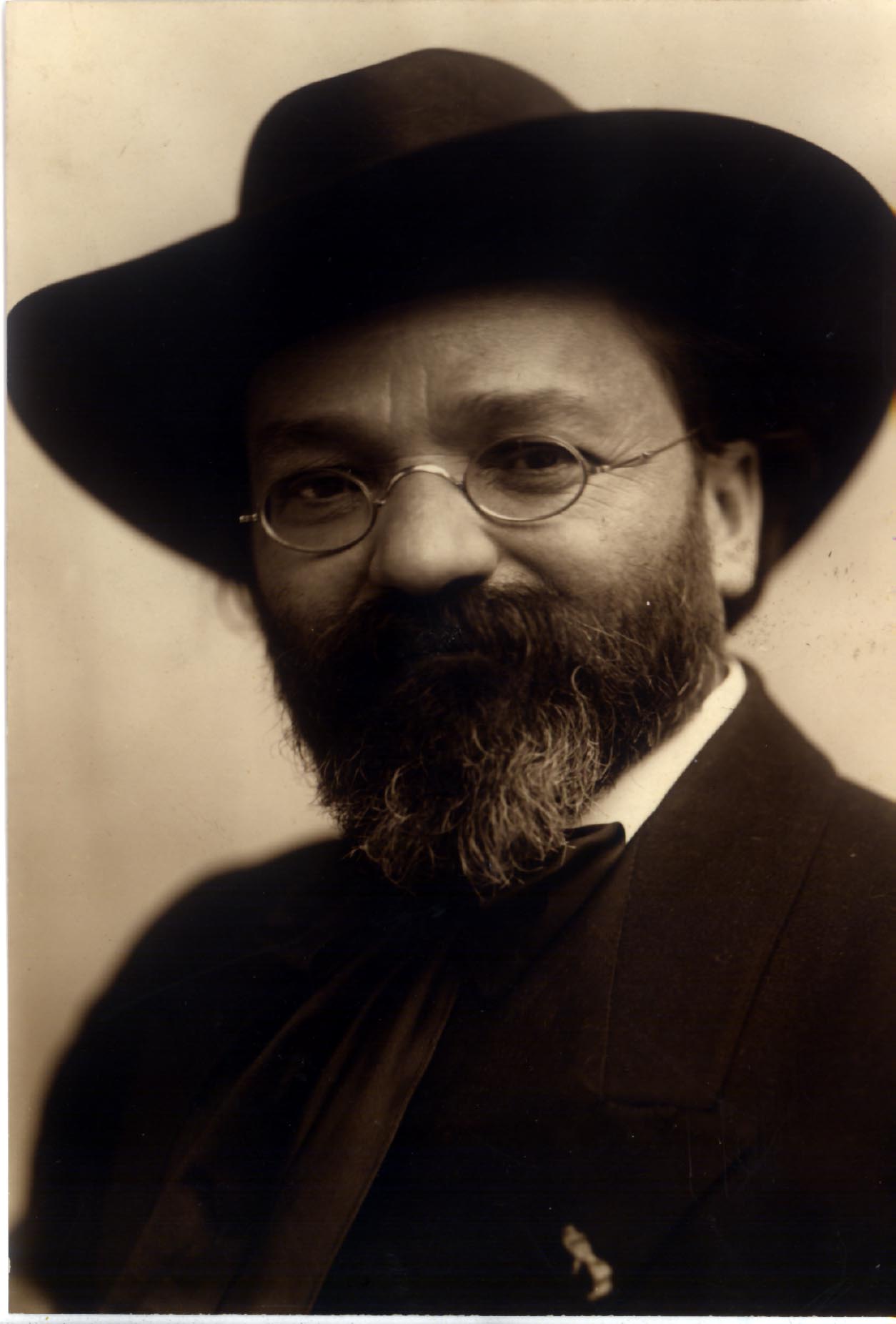
Whatever it was that motivated Litvinovsky, within a year, apparently disappointed with Bezalel’s inability to quench his thirst for broader artistic horizons, he returned to Eastern Europe, with the ambition to study in the Russian capital. To live in Petrograd (as Saint Petersburg was then called), where it was but impossible for a Jew to get permission to reside legally, would take tremendous effort. A letter of recommendation written by Hayim Nahman Bialik, whom Litvinovsky met in Odessa, might have helped. It described the famous poet’s impressions of the young artist:
Dear Honorable Professor!
Forgive me that, following our brief acquaintance, I dare turn to you with a request to take part in the fate of the young man, the bearer of this letter, P. Litvinovsky.
Believe me, he fully deserves it. He is talented, honest, modest, and very, very poor, helpless. He is going to Petrograd with the intention of working, studying and becoming an artist. If you also find him worthy, then, I hope, you will not refuse him your support.
With deep respect,
H.N. Bialik.jpg)
The Influence of Ilya Repin and Leo Tolstoy
Whether it was this letter or through other efforts, Litvinovsky managed to enter the Imperial Academy of Arts in Petrograd where he got to study under the celebrated academic Dmitry Kardovsky, who was a student of, and then assistant to, Ilya Repin. In fact, the latter would paint Kardovsky in 1908 and refer to him as his artistic heir._(cropped).jpg)
From a young age, Repin’s masterpiece “The Reply of the Zaporozhian Cossacks” left an indelible mark on Litvinovsky. The young artist must have admired Repin’s ability to portray an entire epoch in a single scene, presenting characters as individuals with distinct personalities. He learned from the way Repin’s canvas served as a stage where history unfolded, with characters that pulsated with emotion and spirit, capturing their individual expressions, gestures, and the human connections between them. Repin’s use of dramatic and theatrical composition that drew the viewers’ attention to the center of the work, his meticulous rendering of light, texture, and form, all would be later echoed in Litvinovsky’s brushstrokes.
Repin’s close relationship with prominent Russian writer Leo Tolstoy must have influenced Litvinovsky’s own lifelong admiration for the great author. Repin first met Tolstoy in 1880 when the eminent writer was on a spiritual quest that would lead him, in 1897, to write an essay titled “What is Art?”. In this widely read and influential publication, Tolstoy reflects on the nature of art, morality, social justice, and religion, arguing that art must be defined as a means of communicating emotion with the ultimate goal of uniting humanity. “To evoke in oneself a feeling one has experienced, and having evoked it in oneself, then, by means of movements, lines, colors, sounds or forms expressed in words, so to transmit that feeling that others may experience—this is the activity of art.” Tolstoy believed that art must originate from an actual experience or feeling, and Litvinovsky’s work, with its focus on the sensual and the spiritual, seems to embody this principle.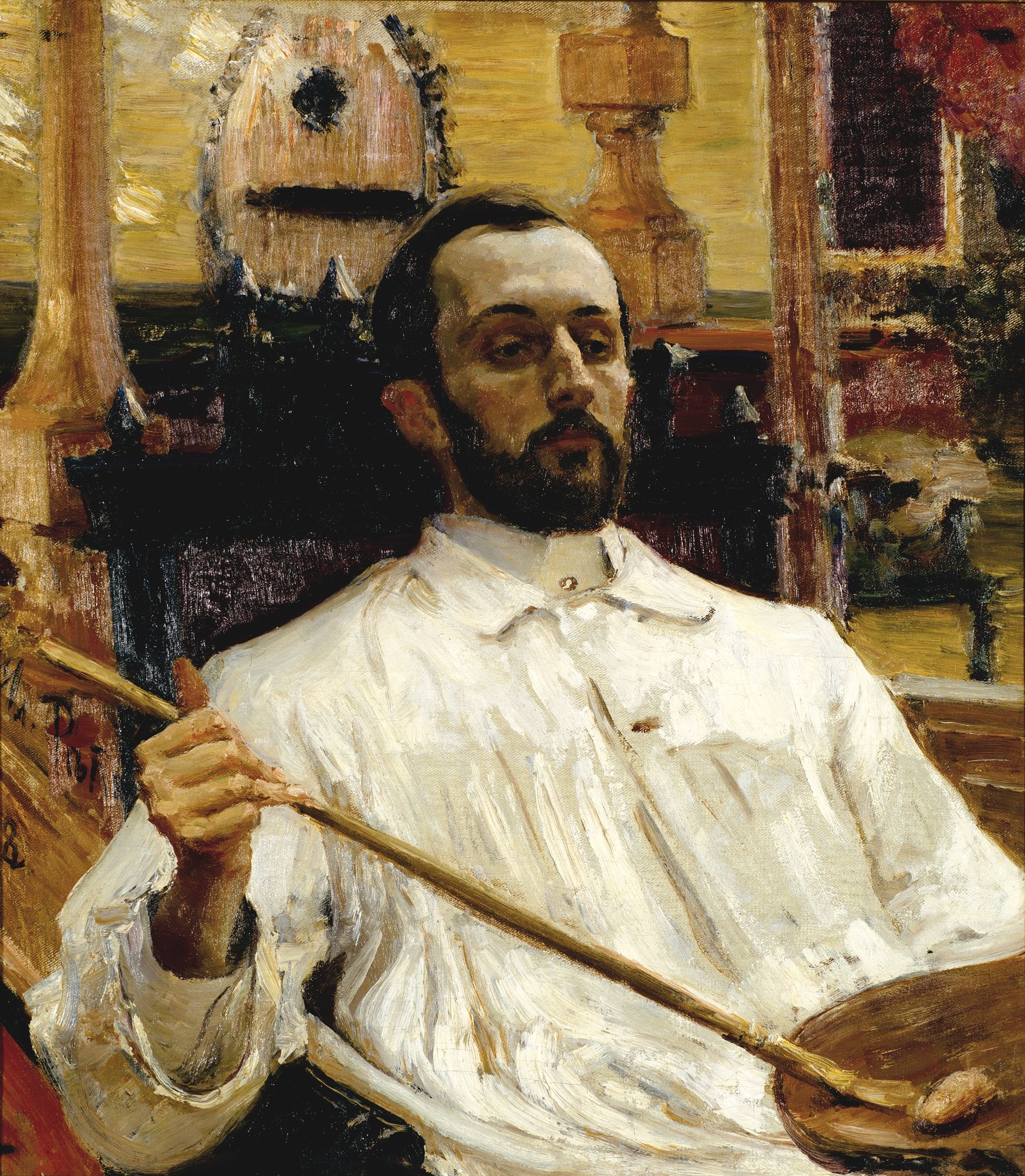
This article draws from chapters of David Rozenson’s essay, “Rediscovering the Past, Empowering the Future: The Pinchas Litvinovsky Exhibition,” originally published in the exhibition catalogue that is available for sale here
Visit the Exhibition "You Must Choose Life – That Is Art: Pinchas Litvinovsky"
Main Photo:
Ilya Repin’s “The Reply of the Zaporozhian Cossacks” | Wikipedia
Also at Beit Avi Chai

